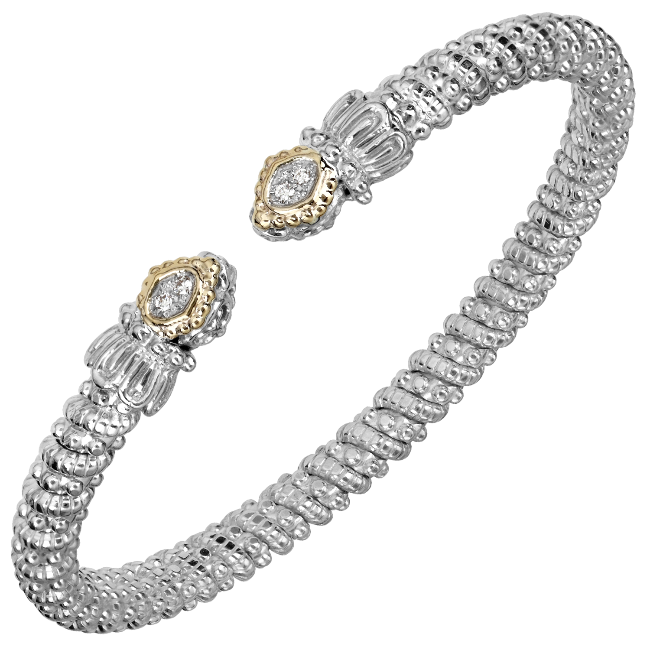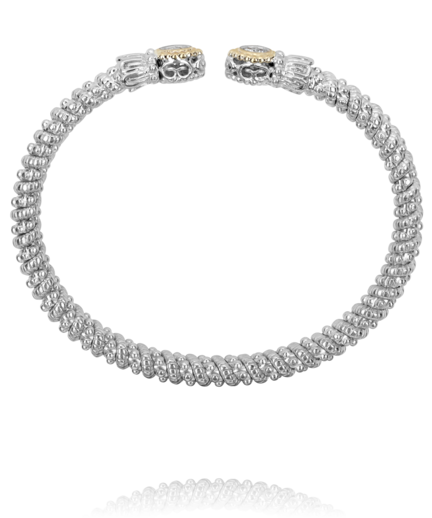What Are Natural Diamonds?
Natural diamonds are formed deep within the earth's mantle over millions of years. They are created by high pressure and high temperature, causing carbon atoms to bond together in the crystalline structure of a diamond. Natural diamonds are mined from the earth, cut, and polished to create the beautiful gemstones that we see in jewelry.
Pros and Cons of Natural Diamonds
One of the main advantages of natural diamonds is their rarity and natural beauty. Because they are formed deep within the earth over millions of years, natural diamonds are incredibly rare and valuable. They have a unique and timeless beauty, making them the perfect choice for customers who are looking for a one-of-a-kind piece of jewelry.
However, natural diamonds are also more expensive than lab-grown diamonds, as the mining and cutting process is both time-consuming and expensive. Additionally, the mining process can have negative environmental and social impacts, which may be a concern for customers who are environmentally conscious or socially responsible.
What Are Lab-Grown Diamonds?
Lab-grown diamonds, also known as synthetic diamonds or cultured diamonds, are created in a laboratory using advanced technology that replicates the natural conditions necessary for diamond formation. These diamonds are made by using a small piece of natural diamond as a seed, which is then exposed to high temperature and pressure to stimulate growth. The result is a diamond that has the same physical and chemical properties as a natural diamond.
Pros and Cons of Lab-Grown Diamonds
One of the main advantages of lab-grown diamonds is their affordability. Because they are created in a controlled laboratory environment, lab-grown diamonds are often less expensive than natural diamonds. They also offer more consistent quality than natural diamonds, as they are free of many of the imperfections and inconsistencies that are often found in natural diamonds. They are also more environmentally friendly, as they do not require the extensive mining and cutting process that natural diamonds do.
However, lab-grown diamonds are sometimes viewed as less valuable or less authentic than natural diamonds. Some customers may prefer the rarity and uniqueness natural diamonds, which cannot be replicated by lab-grown diamonds.
How to Choose the Right Diamond for Your Engagement Ring
Choosing the right diamond for your engagement ring depends on your personal preferences and priorities. If you value the unique and natural beauty of a diamond, a natural diamond may be the right choice for you. However, if you are concerned about cost, environmental impact, or consistent quality, a lab-grown diamond may be a better fit. If you're in Atlanta and looking for an engagement ring, consider visiting jewelry stores that offer both natural and lab-grown diamonds, so you can see both options and make the best choice for your needs.
Engage with our post to discover more insights on diamonds!














